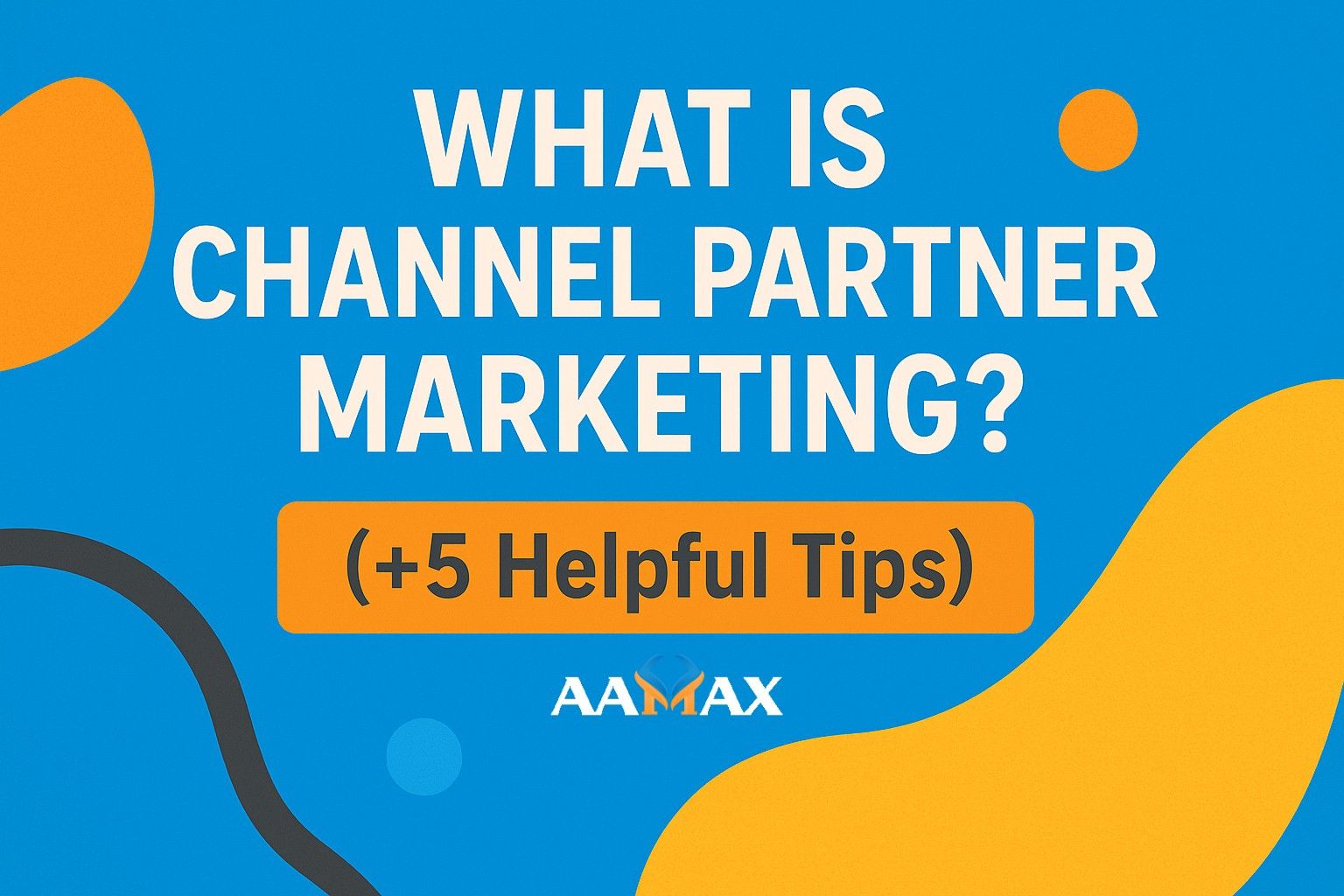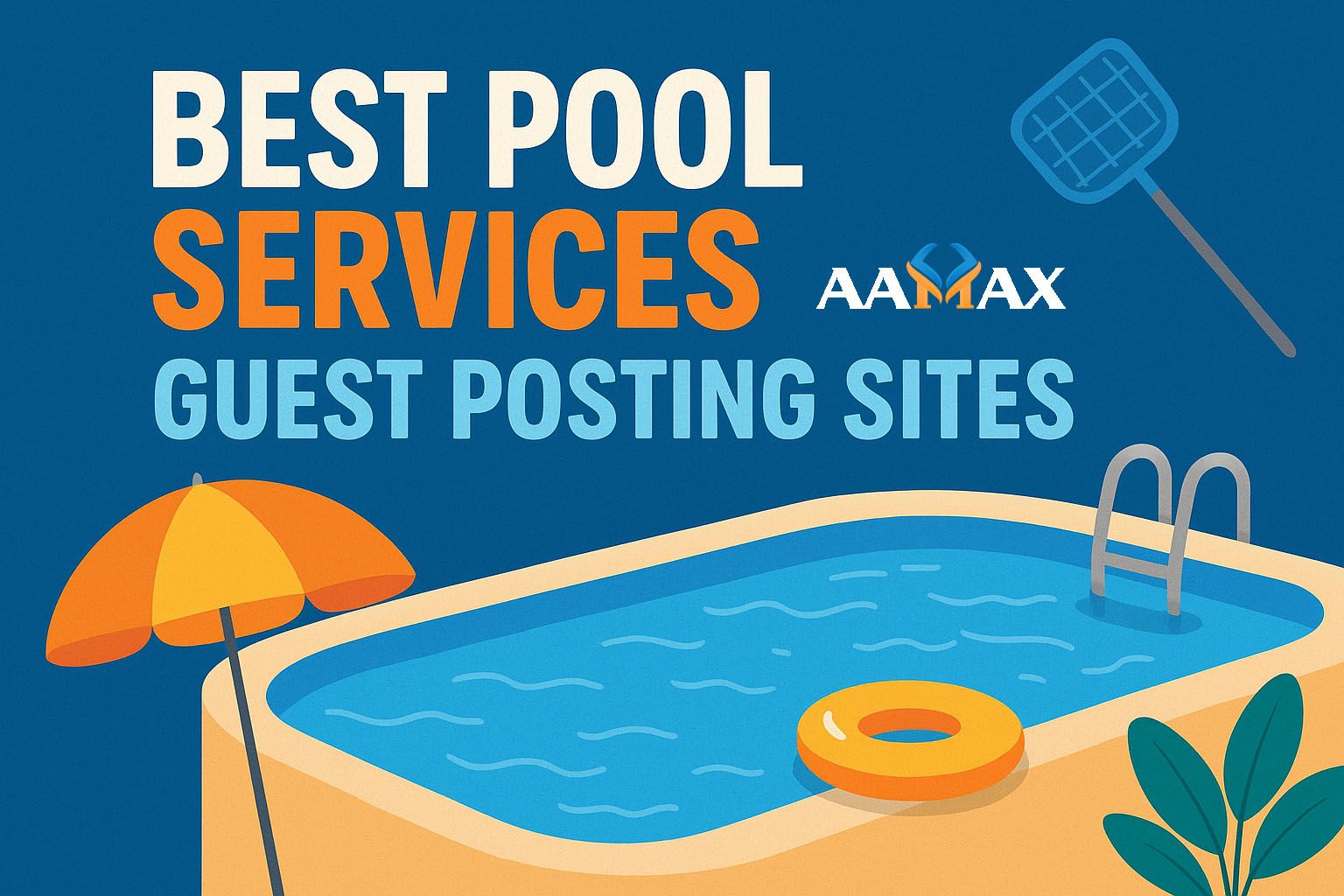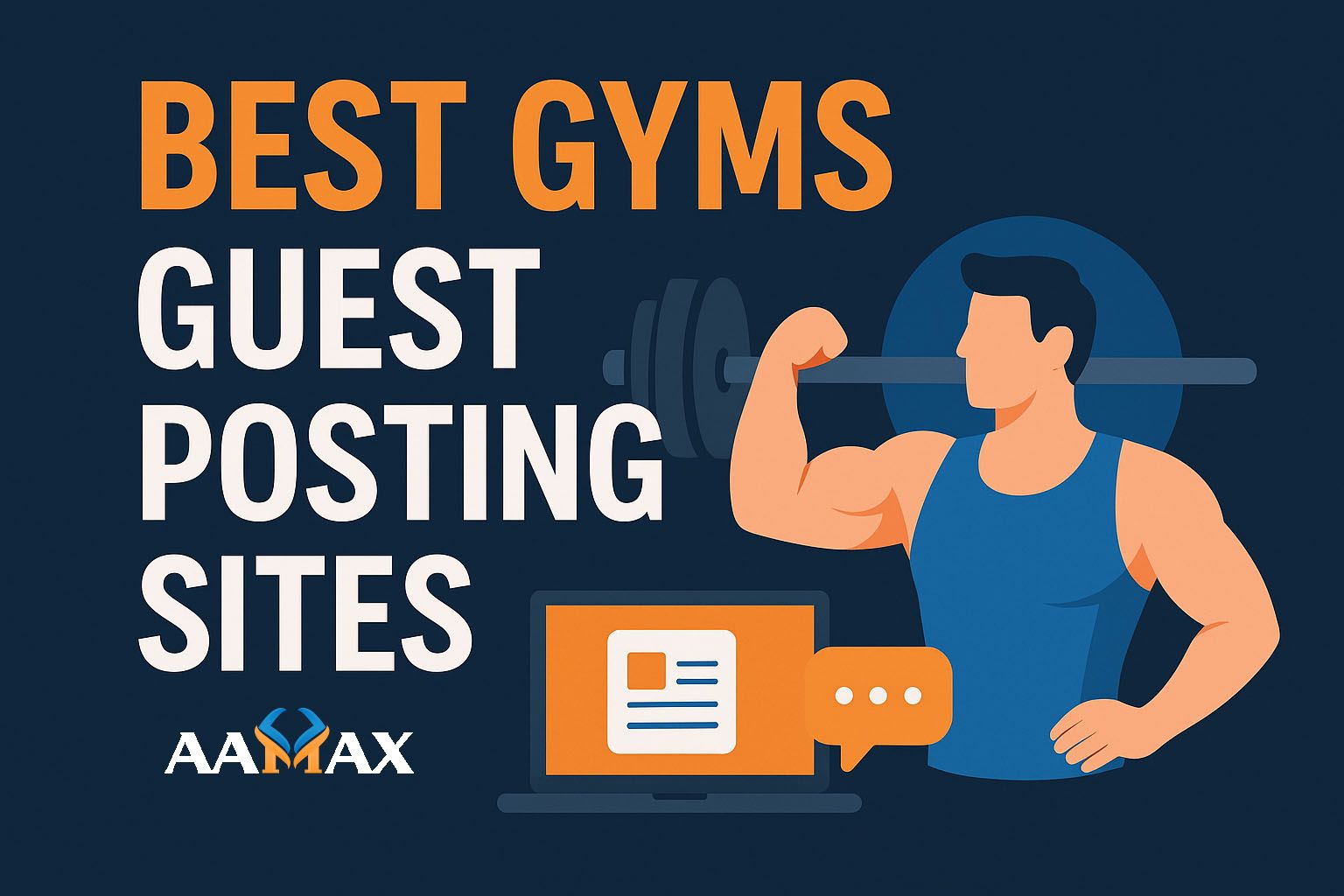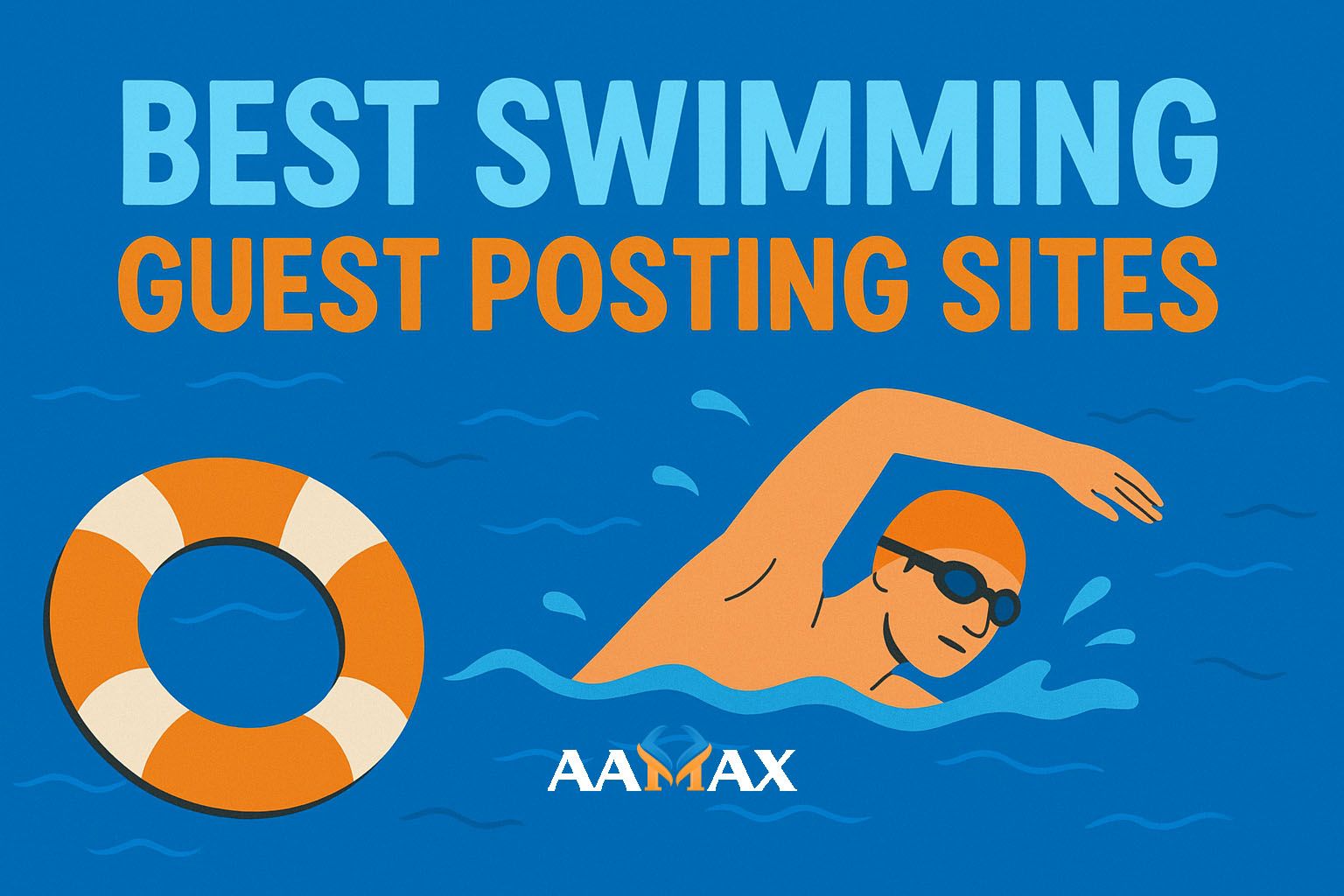
What Is Channel Partner Marketing? (+5 Helpful Tips)
In today’s competitive marketplace, businesses are always looking for ways to scale their reach, boost sales, and expand into new markets without shouldering all the costs themselves. One of the most effective ways to achieve this is through channel partner marketing. By leveraging partnerships with other businesses, you can access new customers, share resources, and grow faster.
But what exactly is channel partner digital marketing? How does it work, and why should companies pay attention to it? In this guide, we’ll cover everything you need to know about channel partner marketing, its benefits, types of partnerships, and practical tips to succeed.
What Is Channel Partner Marketing?
Channel partner marketing is a strategy where businesses collaborate with other companies (partners) to promote and sell products or services. Instead of relying solely on direct marketing and sales teams, businesses use partners—such as distributors, resellers, consultants, or agencies—to reach customers.
This approach helps businesses expand their footprint, reduce marketing costs, and create win-win scenarios where both the company and its partners benefit.
For example:
- A software company might work with IT consultants who recommend its products to clients.
- A manufacturer might partner with distributors who sell products in new regions.
- An e-commerce brand might collaborate with influencers or affiliates to drive sales.
In all these cases, the key is collaboration—partners help you promote and sell, while they benefit through commissions, discounts, or revenue-sharing models.
Why Channel Partner Marketing Matters
Channel partner marketing has become increasingly important in the digital age. With so many products and services competing for attention, partnerships provide credibility and access to audiences you may not reach otherwise.
Some reasons businesses invest in partner marketing include:
-
Extended Reach
Partners give access to new markets and audiences you may not be able to reach directly. -
Shared Resources
Marketing costs can be split, reducing expenses for both parties. -
Faster Market Entry
Entering a new region or industry becomes easier with established partners. -
Increased Trust
Customers are more likely to buy from brands recommended by trusted partners. -
Revenue Growth
Partners act as an extended sales force, boosting revenue without adding large overhead.
Types of Channel Partners
Not all channel partnerships are the same. Here are the most common types:
1. Distributors
Distributors buy products in bulk from a company and resell them to retailers or end-users. They handle logistics and expand your market presence.
2. Resellers
Resellers sell your product to their customer base, often adding value through support or bundling. They’re common in tech, software, and retail.
3. Affiliates
Affiliates promote your products through blogs, social media, or websites. They earn a commission for every lead or sale generated.
4. Value-Added Resellers (VARs)
These partners resell your products but also enhance them with additional services, support, or customization, creating a more attractive package.
5. Consultants or Agencies
Consultants and marketing agencies often recommend specific tools or products to clients. When your product becomes their go-to solution, it drives long-term sales.
6. Technology Partners
In industries like software, companies integrate their platforms with partners to deliver better experiences, increase adoption, and reach shared customer bases.
How Channel Partner Marketing Works
Channel partner marketing typically involves several steps:
-
Identifying the Right Partners
Businesses look for partners who align with their audience, values, and goals. -
Creating Partner Programs
Companies design formal programs with benefits, incentives, and requirements. -
Training and Enablement
Partners need education, sales materials, and marketing assets to effectively promote your products. -
Co-Marketing Campaigns
Joint webinars, events, content marketing, and campaigns are launched with partners. -
Tracking and Measurement
Success is tracked through KPIs like leads generated, sales closed, or revenue growth.
This process ensures that both the business and its partners succeed through collaboration and clear objectives.
Benefits of Channel Partner Marketing
Channel partner marketing offers a variety of advantages, including:
- Scalability: You can expand faster by adding new partners without significantly increasing overhead.
- Cost Efficiency: Partners shoulder part of the marketing and sales costs.
- Brand Awareness: Partnerships expose your brand to new audiences and markets.
- Trust Building: Recommendations from trusted partners accelerate the buyer’s decision.
- Global Reach: Enter international markets more easily with established partners in those regions.
Challenges in Channel Partner Marketing
While beneficial, channel partner marketing also comes with challenges:
- Finding the Right Partners – Not all partnerships are equal; the wrong partner can hurt your reputation.
- Maintaining Control – Since partners represent your brand, consistency can be difficult to enforce.
- Complex Communication – Keeping all partners informed and aligned takes effort.
- Measuring ROI – Tracking partner contributions to revenue can be complex.
- Competition Among Partners – Some partners may compete with each other, causing friction.
Addressing these challenges requires clear agreements, strong relationship management, and ongoing support.
5 Helpful Tips for Channel Partner Marketing Success
If you’re considering or already running channel partner marketing programs, here are five practical tips to maximize results:
Tip 1: Choose Partners Strategically
Don’t just partner with anyone who shows interest. Look for partners that:
- Share your target audience
- Have a good reputation
- Offer complementary products or services
- Have the capacity to promote and sell effectively
Quality over quantity ensures stronger, more effective partnerships.
Tip 2: Provide Training and Resources
Partners need the right tools to succeed. This includes:
- Product demos and training sessions
- Marketing collateral such as brochures, case studies, and videos
- Sales scripts and FAQs
- Technical documentation
The easier you make it for partners to sell your product, the more successful the partnership.
Tip 3: Offer Incentives and Rewards
Motivate partners with attractive benefits. These might include:
- Commission structures
- Discounts on bulk purchases
- Performance bonuses
- Co-marketing funds
Strong incentive programs encourage partners to prioritize your products over competitors.
Tip 4: Collaborate on Marketing Campaigns
Work closely with your partners on joint campaigns such as:
- Webinars and virtual events
- Whitepapers or eBooks featuring both brands
- Social media promotions
- Co-branded email campaigns
These campaigns build trust with audiences and highlight the strength of your partnership.
Tip 5: Track Performance and Provide Feedback
Use KPIs to measure partner performance, such as:
- Leads generated
- Sales volume
- Conversion rates
- Market expansion
Regularly share feedback and celebrate wins. If a partner is underperforming, provide guidance or adjust the agreement.
Best Practices for Long-Term Success
To ensure your channel partner marketing strategy continues to thrive, consider these best practices:
- Maintain Strong Relationships: Build personal connections, not just transactional ones.
- Communicate Frequently: Regular updates help partners stay aligned with your goals.
- Invest in Technology: Partner management software can simplify tracking and communication.
- Adapt Programs Regularly: Adjust incentives and resources based on market changes.
- Recognize Top Performers: Publicly acknowledge successful partners to encourage loyalty.
Real-World Examples of Channel Partner Marketing
-
Microsoft Partner Network
Microsoft partners with thousands of resellers and service providers worldwide to sell software and cloud services. -
HubSpot Agency Partners
HubSpot collaborates with marketing agencies that implement and resell its CRM and inbound tools. -
Cisco Distributors and VARs
Cisco works with distributors and VARs to reach new clients and bundle solutions for enterprises.
These examples show that channel partner marketing works across industries, from tech to retail.
Why Businesses Should Invest in Channel Partner Marketing
Businesses of all sizes can benefit from channel partnerships. For startups, it means scaling without building large in-house teams. For established companies, it provides new growth opportunities in different markets.
Ultimately, channel partner marketing creates sustainable growth by building a network of advocates who extend your reach and influence.
Partner with Experts to Build Effective Channel Marketing Strategies
Creating and managing channel partner marketing programs requires strategy, resources, and expertise. From identifying the right partners to enabling co-marketing campaigns, every step needs careful planning.
If you want expert help, consider partnering with AAMAX. AAMAX is a full-service digital marketing company offering Web Development, Digital Marketing, and SEO Services. With the right approach, they can help you build strong partnerships, grow your brand, and maximize ROI.
Conclusion
Channel partner marketing is one of the most powerful ways to grow your business in today’s competitive landscape. By leveraging partnerships with resellers, distributors, affiliates, and consultants, you can reach new markets, gain credibility, and scale without bearing all the costs alone.
The key lies in choosing the right partners, providing them with the tools to succeed, incentivizing their efforts, and collaborating effectively. With consistent effort and the right strategy, channel partner marketing can transform your business into a brand with global reach.
Whether you’re a small business looking to expand or a large enterprise seeking new growth avenues, channel partner marketing offers unmatched potential for long-term success.







